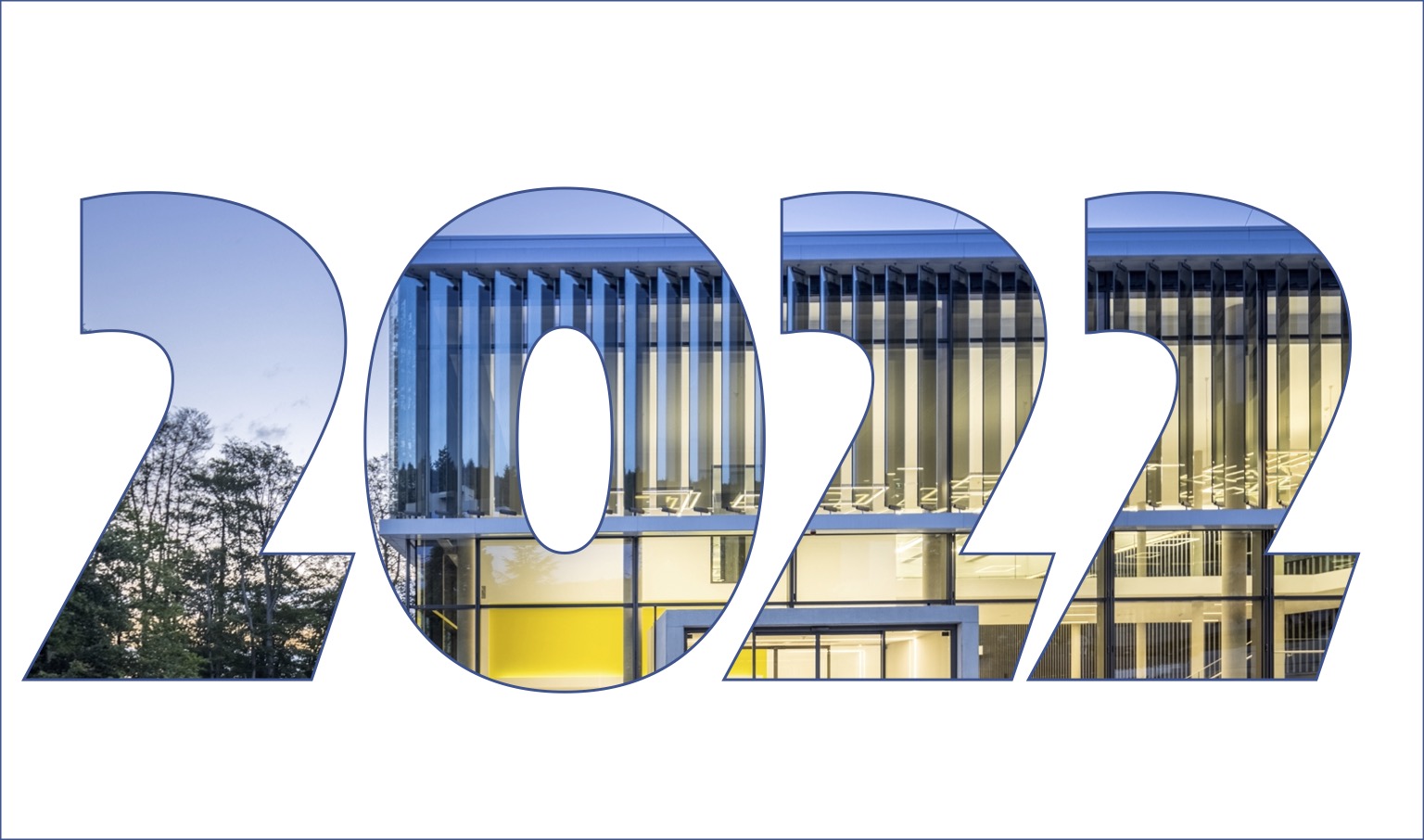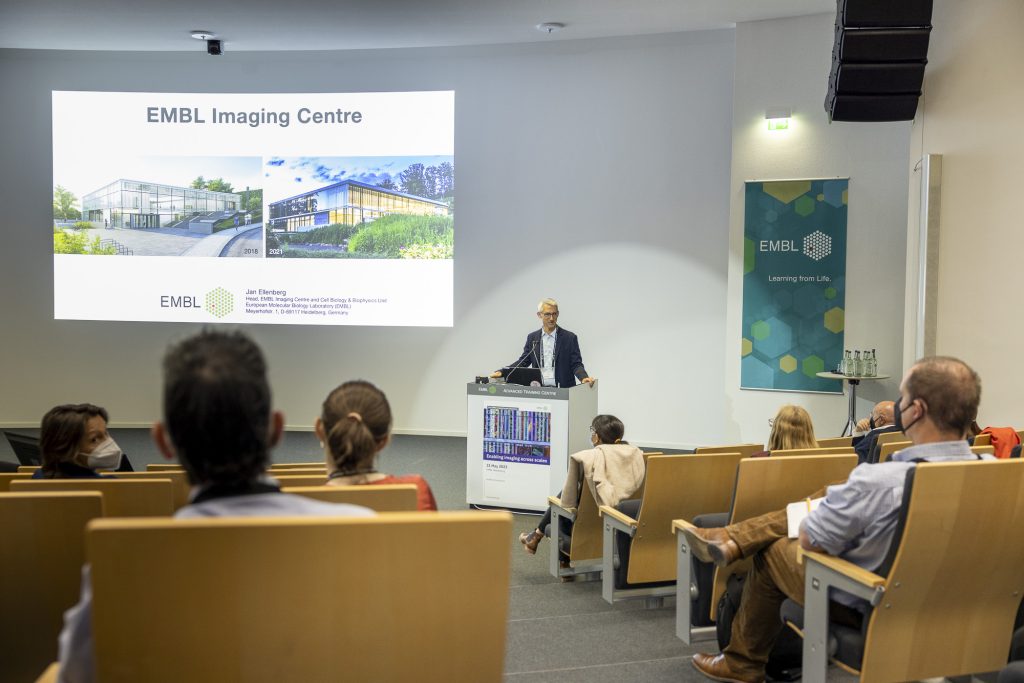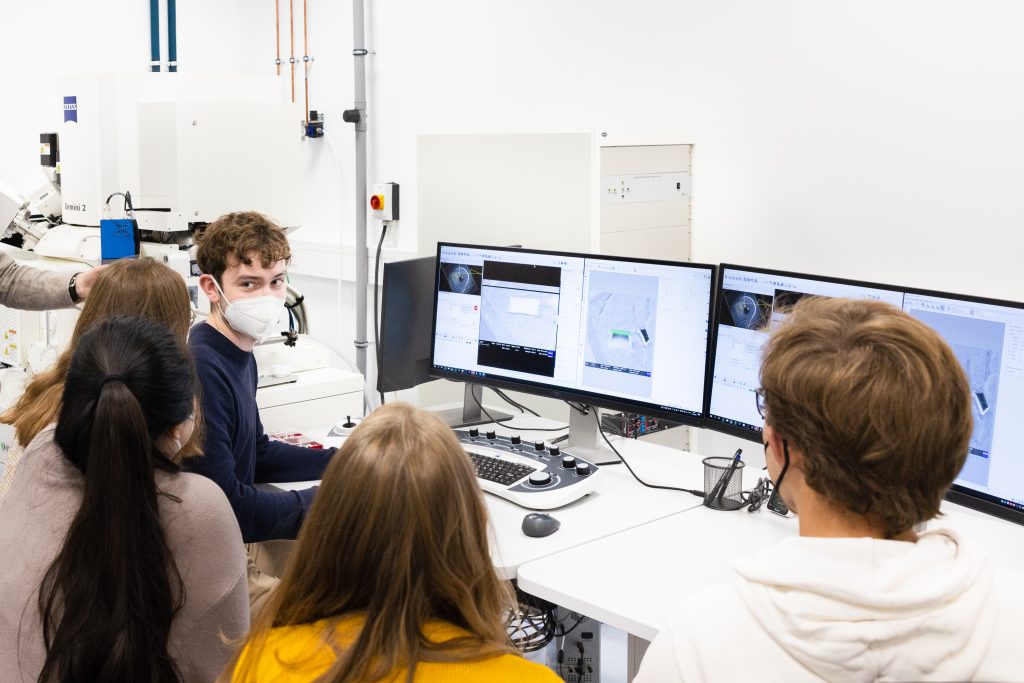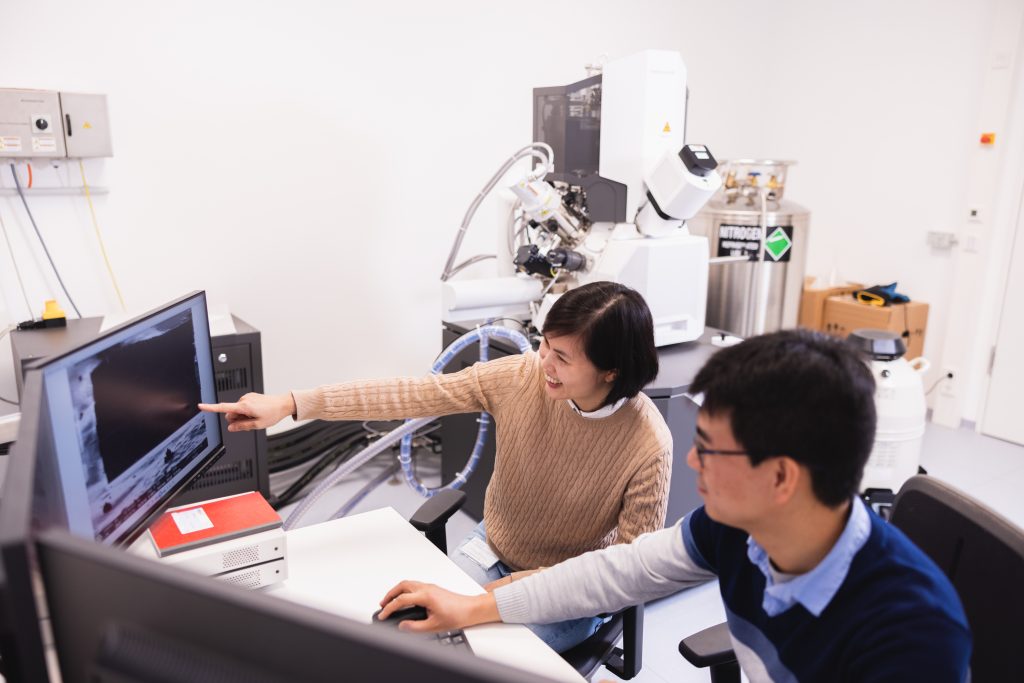EMBL Imaging Centre: highlights of the first year of operations

Now that we have successfully completed our first year, let’s take a look back…
In January 2022, after a successful short pilot phase, the EMBL IC opened its doors to external users to offer tailored support by expert staff in the latest imaging technologies in light and electron microscopy, as well as correlative approaches. Our technologies are suitable to cross scales in biology from live-cell and live-organismal imaging, via super-resolution microscopy, to structural biology of protein complexes.

During the course of this last year, the EMBL IC team has supported over 100 projects from academic and industrial users across 18 different countries. Research samples and species covered a wide range across biological scales and research fields: from freshwater and marine organisms including plankton, jellyfish, sponges; via C. elegans and planarian flatworms; to viruses, bacteria, mouse and human cells. Almost half our users came onsite to work closely with our application specialists, while performing sample preparation and imaging. If an onsite visit was not possible, the samples were shipped and users were able to join the imaging sessions remotely.
We are very proud that the data generated in those imaging sessions contributed, so far, to 17 articles and 6 pre-prints in 2022 [full list of publications]. Two of those pre-prints have been recently published in the Journal of Cell Biology and Nature Communications, respectively. Cyntha van den Berg, from Anna Akhmanova’s lab at Utrecht University, could reveal microtubule-stabilising properties of the protein CSPP1 thanks to our Light Microscopy team’s support in MINFLUX nanoscopy and image analysis (“CSPP1 stabilizes growing microtubule ends and damaged lattices from the luminal side”). The electron microscopy team supported Kate O’Connor, from John Atkins’ lab at University College Cork, Ireland, with the highest resolution reconstruction of an unsymmetrical particle published so far (“The translating bacterial ribosome at 1.55 Å resolution generated by cryo-EM imaging services”).
Although 90% of users come from external organisations, we also work with our colleagues at EMBL and our industry collaborators to push imaging technologies and workflows further. A service that is now also available to external researchers is dynamic MINFLUX imaging. This approach has been piloted by Jonas Ries’ lab on kinesin motor protein movement at EMBL, on Imaging Centre instruments (“Direct observation of motor protein stepping in living cells using MINFLUX“).

To spread knowledge beyond the direct user access, the EMBL IC provides training to scientists in general and imaging facility staff specifically. Our training programme includes organising and hosting courses, workshops and conferences to extend the EMBL’s existing programme in the area of imaging technologies. In May 2022, we held the “First EMBL Imaging Centre Symposium: Enabling imaging across scales”, where ~ 200 registrants and invited guests gathered to listen to outstanding speakers, all leaders in their respective field of cutting-edge imaging technologies. All participants had the chance to visit our brand-new building via guided tours. The Centre also hosted and co-organised a series of courses, including the EMBL Lautenschlaeger Summer School and the EMBL course on “Imaging down to single-molecule resolution: STED & MINFLUX nanoscopy”, providing space for lectures and practical/hands-on sessions.

Another important aspect of our training programme includes training the trainers. Job shadowing and intense training of staff, coming from other imaging facilities and large labs, are part of a programme that aims to accelerate the use of new service workflows and imaging technologies. Last year, our team provided advanced training to four trainees coming from Singapore, Sweden and the United States.
After such a great first year, our team is now ready to support exciting and challenging new projects, share expertise and host more events on imaging technologies. Curious to know more? Contact us at ic-contact@embl.de.
Some more reading:
- May 2022 – Becoming part of the Euro-BioImaging EMBL node
- Grand opening event on 30 June 2022 and related videos
- Our homepage
- External and EMBL news coverage